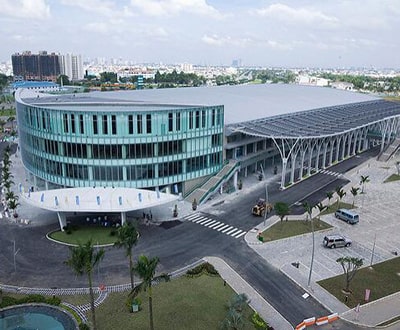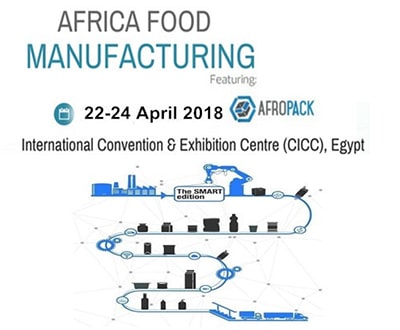Choosing the Right Wrapping Material for Pillow Wrapping Machinery
In the packaging industry, selecting the appropriate wrapping material for pillow wrapping machinery is crucial to ensure efficient production and optimal product protection. This comprehensive guide explores key factors to consider when choosing the right wrapping material, enabling manufacturers to make informed decisions that maximize their packaging capabilities.
Material Properties
Strength and Durability
The wrapping material’s strength and durability determine its ability to withstand the rigors of the wrapping process and protect the pillow contents. Consider the product’s weight, shape, and intended distribution channels. High-strength materials like polypropylene or polyethylene are ideal for heavy or fragile products.
Moisture Resistance
Moisture can damage pillows, especially those filled with organic materials. Choose wrapping materials with high moisture resistance, such as waxed paper or aluminum foil. These materials prevent moisture penetration, ensuring product integrity in humid environments.
Heat Sealing Properties
Heat-Seal Strength
The heat-seal strength of the wrapping material is crucial for maintaining package integrity. Select materials with high heat-seal strength, such as polyethylene or polyester. Proper heat-sealing prevents product leakage and ensures a secure package.
Sealability Temperature
The sealability temperature refers to the temperature range at which the wrapping material fuses together to create a seal. Consider the wrapping machinery’s temperature capabilities and choose materials that match or exceed those temperatures.
Transparency and Printability
Transparency
Transparent wrapping materials allow consumers to view the product without opening the package. This is particularly important for products with visual appeal. Materials like cellophane or polyethylene terephthalate (PET) provide excellent transparency.
Printability
Printability is essential for adding branding, product information, or promotional messages to the package. Choose materials that are compatible with printing processes such as flexographic or digital printing. High-quality printing enhances brand recognition and conveys necessary information.
Environmental Considerations
Biodegradability
In today’s eco-conscious environment, biodegradability is a growing concern. Consider using biodegradable wrapping materials like plant-based films or compostable paper. These materials minimize environmental impact and contribute to sustainability.
Recyclability
Recyclable wrapping materials reduce waste and promote responsible packaging practices. Choose materials like polyethylene or polypropylene, which are widely accepted by recycling facilities.
Conclusion
Choosing the right wrapping material for pillow wrapping machinery is a multi-faceted decision that requires careful consideration of material properties, heat sealing capabilities, transparency, printability, and environmental concerns. By evaluating these factors, manufacturers can optimize their packaging operations, protect their products, and meet the demands of modern consumers.
-
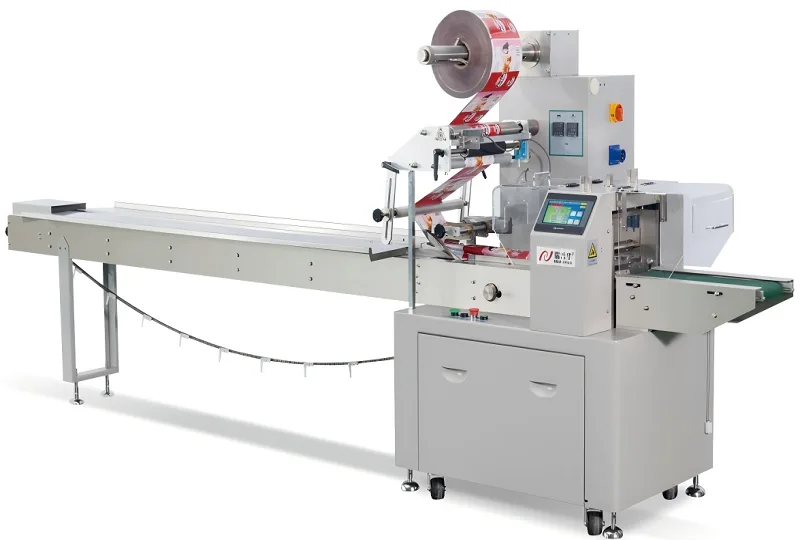 01
01Automatic Tray Loading and Packaging Equipment: Boost Efficiency to 160 Bags/Minute
21-11-2025 -
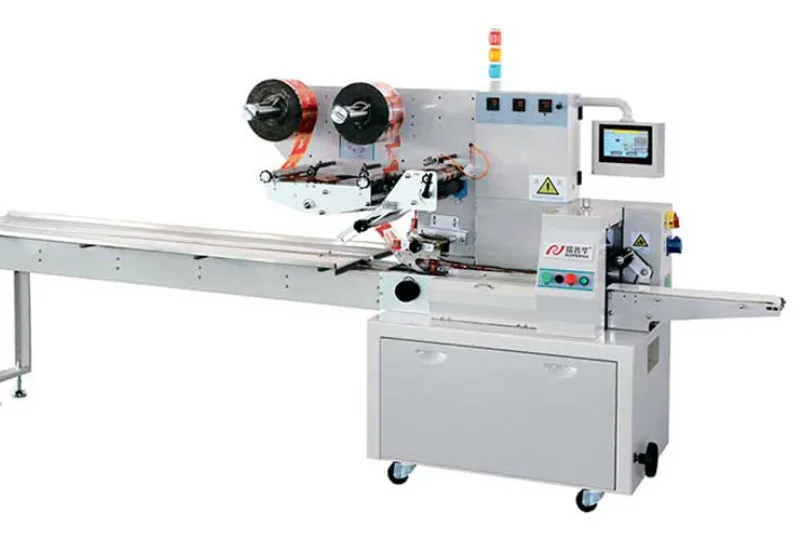 02
02Automatic Soap Packaging Machine: Boost Productivity with 99% Qualification Rate
21-11-2025 -
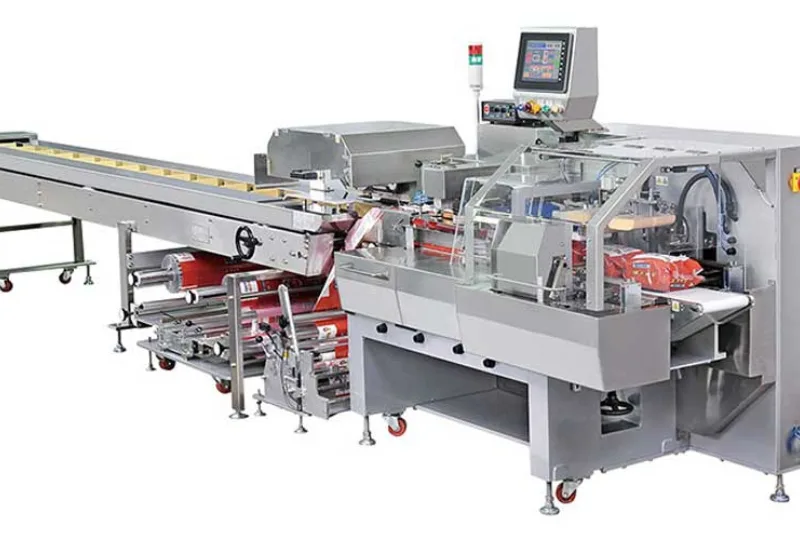 03
03A Deep Dive into Automatic Toast Processing and Packaging System
18-11-2025 -
 04
04The Future of Bakery Production: Automated Toast Processing and Packaging System
18-11-2025 -
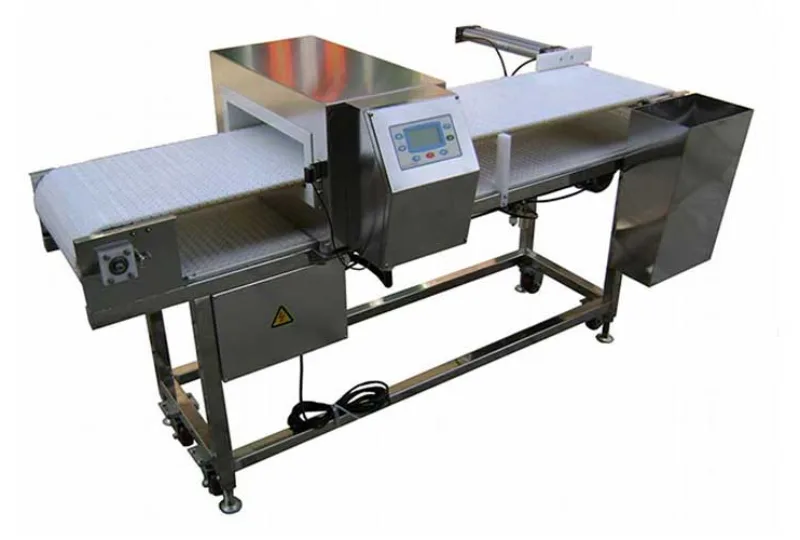 05
05Reliable Food Packaging Solutions with China Bread, Candy, and Biscuit Machines
11-10-2025 -
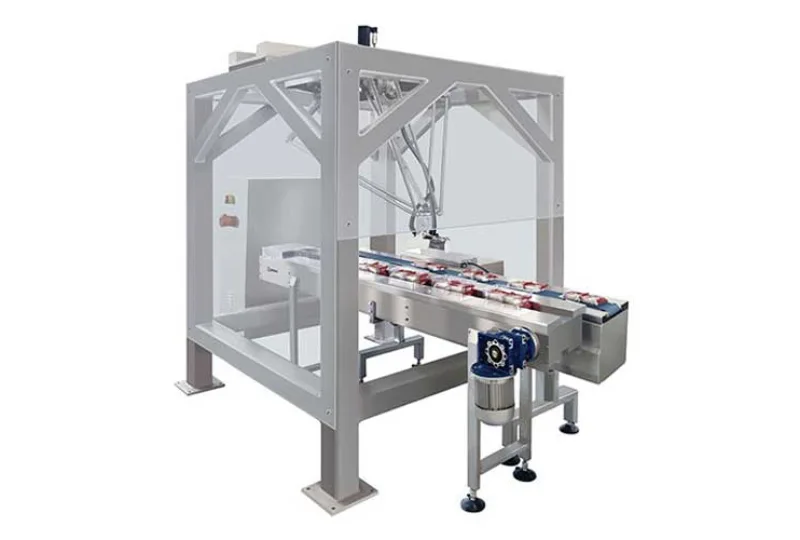 06
06High-Performance Automated Food Packaging Equipment for Modern Production
11-10-2025 -
 07
07Reliable Pillow Packing Machines for Efficient Packaging Operations
11-10-2025 -
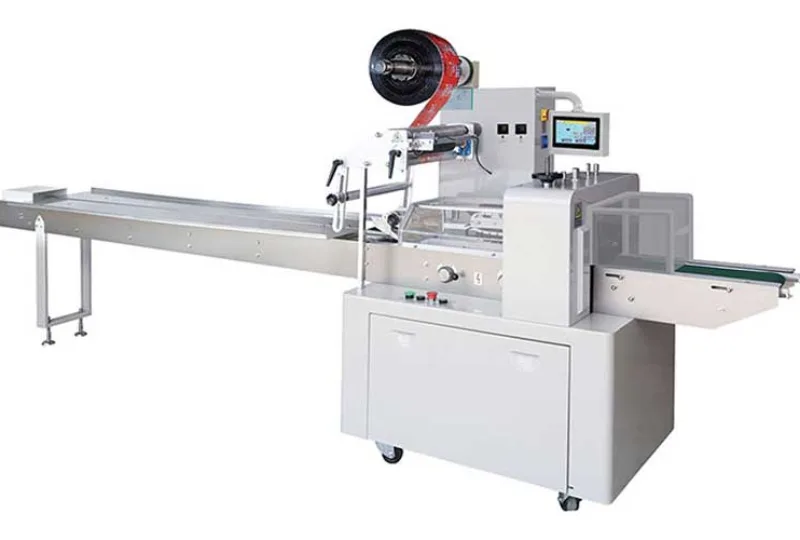 08
08Advanced Fully Automatic Packaging Solutions for Efficient Production
11-10-2025 -
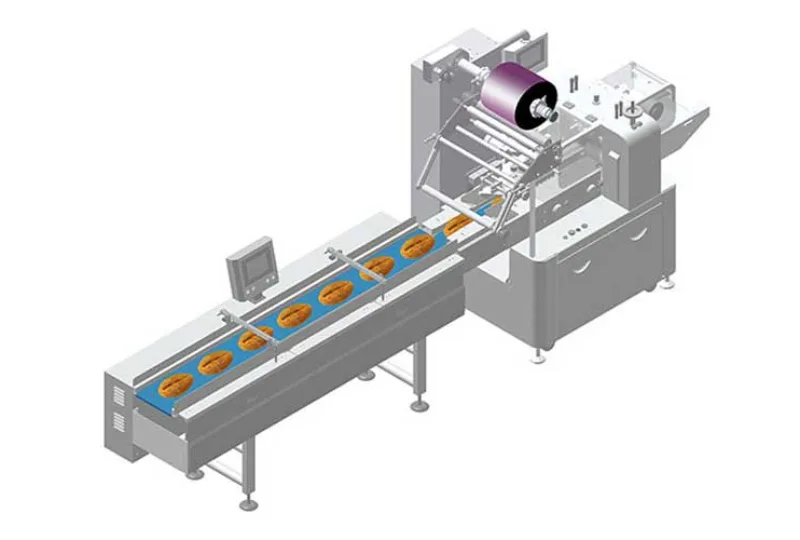 09
09Efficient Automatic Food Packaging Solutions for Modern Production
11-10-2025 -
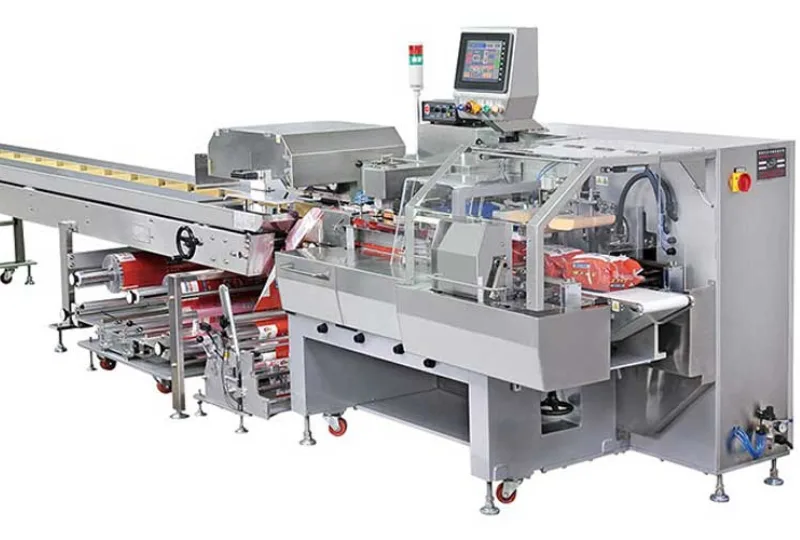 10
10Advanced Automatic Packaging Equipment for Efficient Production
11-10-2025



